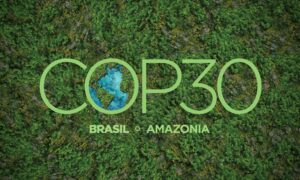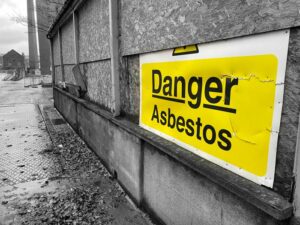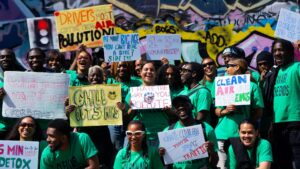John R. Bryson, Professor of Enterprise and Economic Geography at the University of Birmingham Business School, argues COP27, and all subsequent editions, will not deliver results – from emissions to plastics bans – without a real shift in perspective.
COP27 makes me think of COP26 and Glasgow in 2021. In September 2021, the University of Birmingham, UK, published a set of briefing papers on climate change adaptation, mitigation, and resilience. This is an important collection of practice orientated papers that highlight the extent and nature of different climate change adaptation and mitigation pathways and challenges.
With climate change the problem is that there is too much political talk and extraordinarily little direct and immediate action. Since September 2021, the world has been turned upside down. COP26 occurred during a time of global instability partly linked to COVID-19 impacts and tensions over international trade.
Nevertheless, the geopolitical position for COP27 is much worse given the on-going Russian Ukrainian war and an escalation in the tensions between China and other countries. There is then North Korea and Iran to consider. One outcome of COP26 was the US-China climate accord. After months of preparation, China suspended climate change talks with the US along with military and legal cooperation.
Since the 2015 Paris Agreement all countries have committed to aim to keep the rise in global average temperatures to well below 2°C and ideally the ambition is to meet 1.5°C. The COP process is based around enhancing adaptation to climate change and building resilience and aligning financial flows to reduce greenhouse gas emissions.
This is a bottom-up approach with every country going as far as they are able or can. Every country signed up to this process must state their emission targets in ‘nationally determined contributions’ (NDCs) and current NDCs include the period up to 2030.
The danger is that COP27 is a talking shop, or a catwalk show at which political leaders display their commitment to climate change and then return home to the distractions of everyday political life. They will have paraded their commitment to addressing climate change through photo opportunities and press releases, and then the topic is side-lined when they return home until the next COP.
COP26 called for countries to revisit and ratchet up their NDCs. Very few revised NDCs have been submitted and, of these, very few increase the targets. Current agreed actions will lead to a well above 2.5°C increase in global warming. All global emissions must fall between 2020 and 2025 and the reality is that they are still increasing.
At the COP27 talks, Antonio Guterres, United Nations Secretary General, stated that “we are on a highway to climate hell with our foot on the accelerator”. This is not an understatement. It does raise questions regarding whose foot. The answer is that your foot and mine is on the climate change accelerator; everyone is part of the problem as well as being part of the solution and we all need to make dramatic alterations to our lifestyles. Nevertheless, there are lifestyles that have limited impacts on greenhouse emissions and those that have major negative impacts.
COP27 and all subsequent COPs will fail until most political leaders have direct experience of the negative impacts of global warming. The problem is that all countries are too self-interested with
their leaders unwilling and even unable to think and act globally for the common global good.
For some countries, the concern is about some perceived status in a global power hierarchy. For other countries they are playing a nineteenth century imperialistic game based around extending a country’s territory, power, and influence. Actions taken by any one country to support nationalistic concerns with hierarchy and territory increase greenhouse gas emissions.
The Paris Agreement could only be negotiated as a bottom-up approach as no country would sign up to a top-down approach. This is an issue of sovereignty, but more importantly it is an acceptance that no country would be willing to instigate the types of changes required to reduce emissions to keep global average temperatures below 2°C.
The realty is that all countries should be modelling the impacts of living with these types of temperatures and to focus on adaptation combined with mitigation. It will rapidly become apparent that living under higher global temperatures will be difficult for all nations, and for some nations impossible as their territories become uninhabitable.
The future is looking bleak for life on planet earth and all because political leaders are unable to think and act for the collective good as their focus is on the narrow interests of one nation. There will come a time when there is increased armed conflict to acquire territory and resources that support human life as areas become uninhabitable. Alternatively, some type of top-down approach might be agreed to support bottom-up actions.
The COP talks will continue, but with extremely limited impacts. This will be another missed opportunity. In any case, it is now close to being too late to avoid many of the negative impacts of global warming and all humanity can do is to learn to live with these impacts.
Images: (Top) Kelly Sikkema / Marcus Kauffman / Md. Hasanuzzaman Himel / Klaudia Piaskowska

















Leave a Reply